The healthcare industry is evolving rapidly, and cloud computing is at the forefront of this transformation. In the past decade, cloud computing has made significant strides in the healthcare market, from electronic health records to telemedicine.
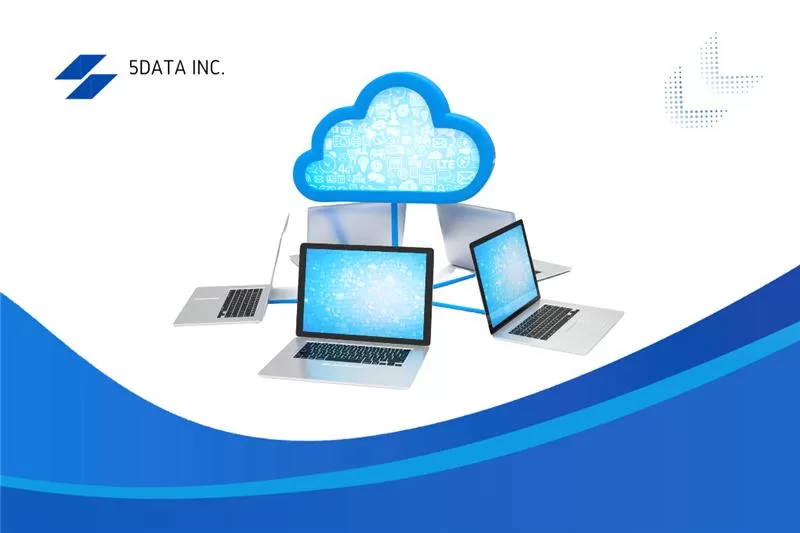

The healthcare industry is evolving rapidly, and cloud computing is at the forefront of this transformation. In the past decade, cloud computing has made significant strides in the healthcare market, from electronic health records to telemedicine.
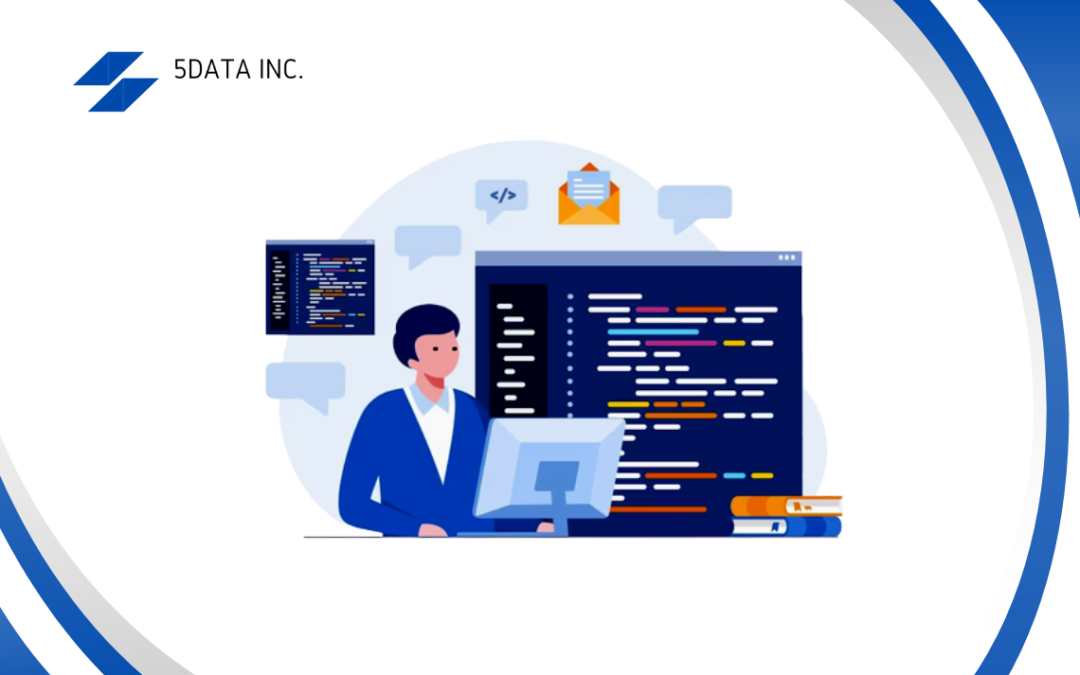
In today’s fast-paced world, deadlines are of the utmost importance. Therefore, time is your most valuable resource, regardless of whether you are an entrepreneur with a game-changing startup idea or a developer looking to develop a new product. The greater your chance of success, the quicker you can develop and execute your product.
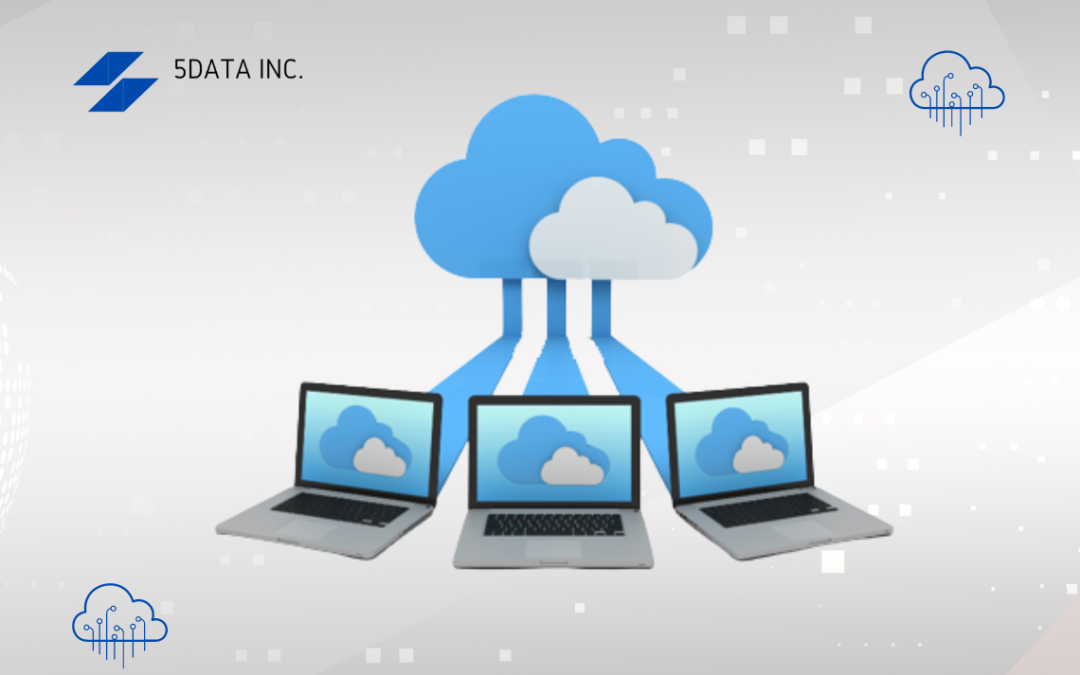
Cloud infrastructure can be private or public. Private cloud architecture is in-house and offers high control and security for sensitive data. Public cloud architecture is off-site and accessed via the internet by third service providers such as Amazon Web Services, Google Cloud, and Microsoft Azure, making it ideal for streamlined workflows and collaborations.
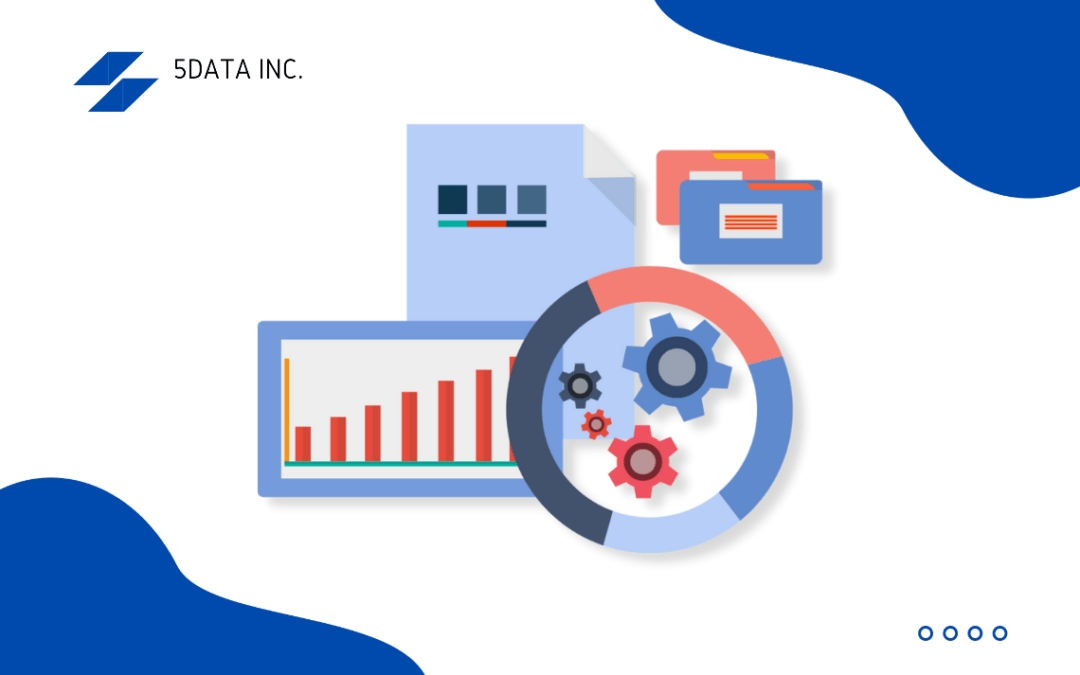
With data processing regulating the world today, it’s no surprise that the data lifecycle – the journey from the data creation stage to deletion data and everything in between has grown significantly. A piece of information previously used and discarded is now stored for years on end because everything is now linked
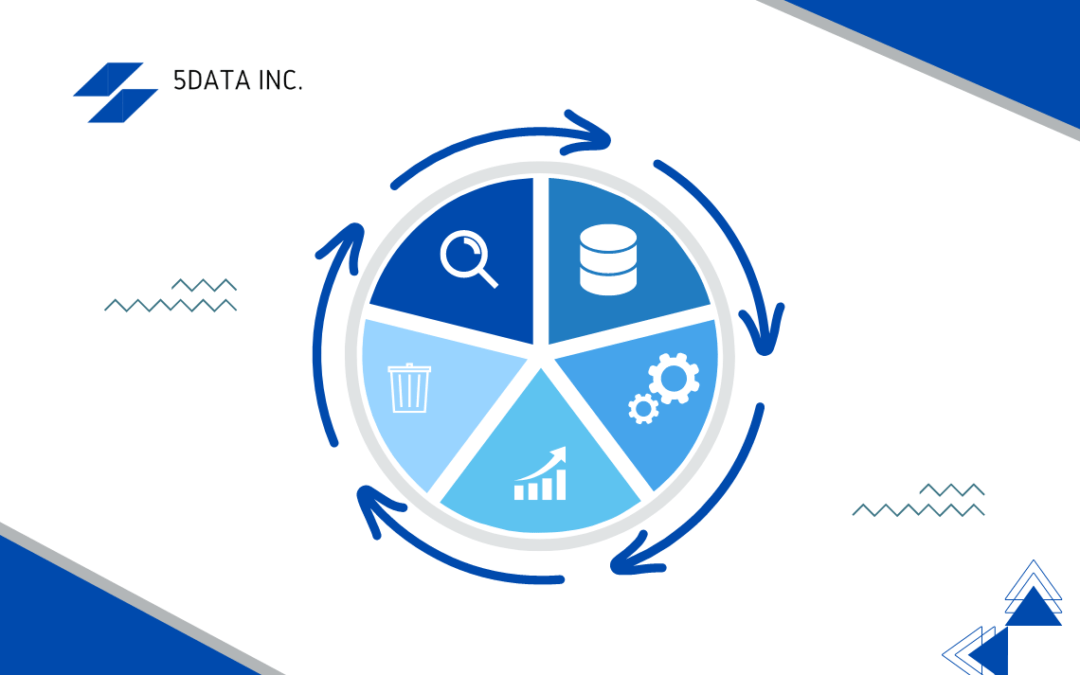
Data Lifecycle Management (DLM) is a system for managing data throughout its lifecycle from the point of data initialization to the point of data deletion. Data is divided into phases based on various criteria, and as it completes various tasks or satisfies particular requirements, it advances through these stages.